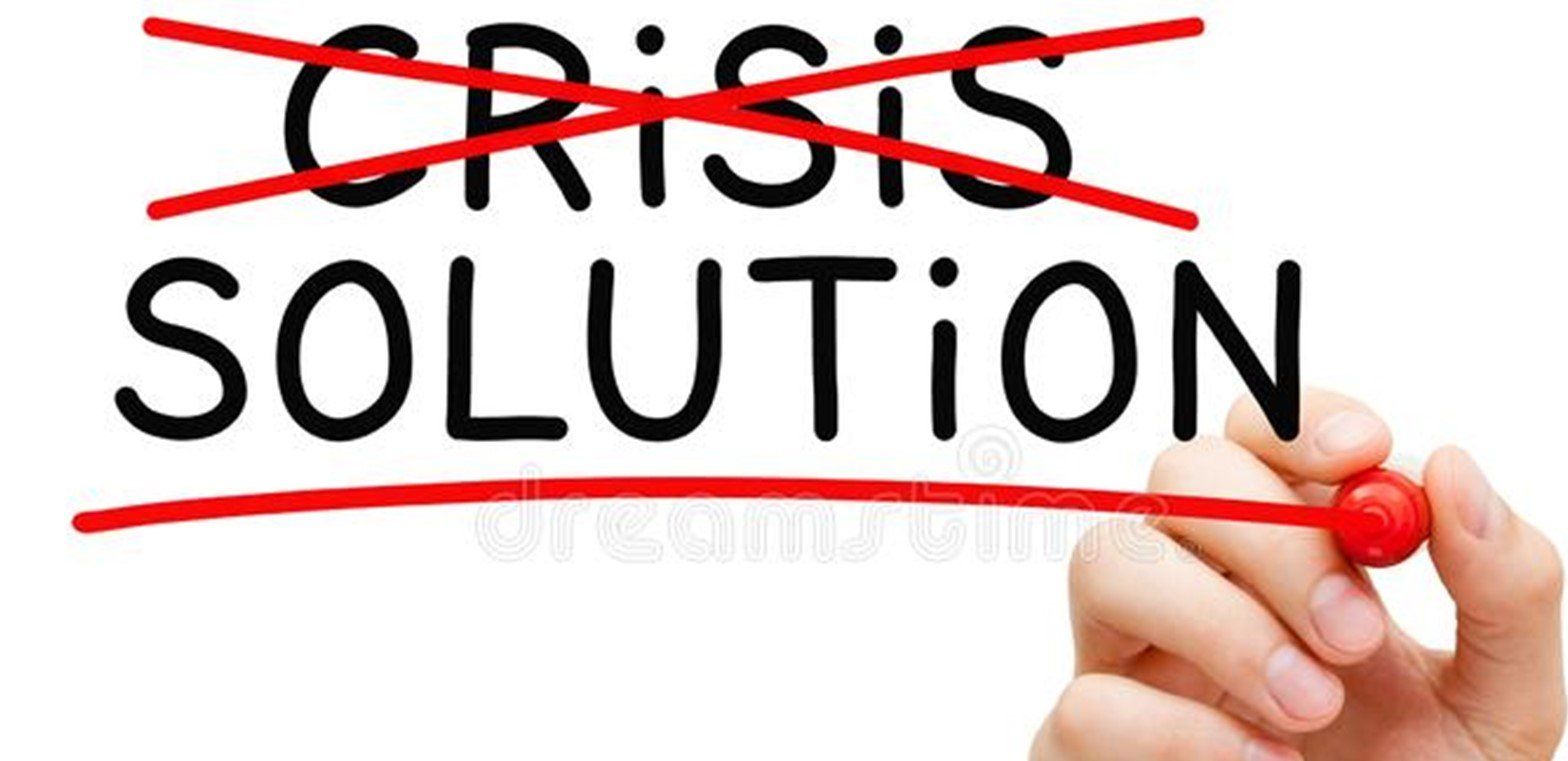How to Resolve Complex Business Problems for Small Businesses
Small fishes swim in the same ocean that sharks, whales and other large aquarian creatures operate in and are exposed to the vagaries of such terrains. Similarly small businesses function within the same business environment as medium and large businesses and are often affected by the activities of the bigger ones. Business environments, as a result, affect the way small businesses operate. Some problems that medium and large businesses deal with routinely due to their sizes and resource capacities can easily become complex problems for small businesses.
Resolving these complex problems will require a structured approach. The sequence below is intended to give small businesses a structure to make sense of the complexities that come with their business environments. A complex problem, at first, might appear overwhelming to small business owners. To make sense of complexities require some sort of structure, if you like, a method in the madness, to unravel the interlocking complexities and systematically solve it. The short structure below will help you as a business owner, to deal will the ever-increasing complexities in today’s business world.
The first step is your ability to remain calm in the face of the overwhelming situation. This is easier said than done, though but an essential part of resolving complex problems. The ability to stay calm can help you stabilise and save your business, in the same way that Formula 1 drivers are able to recover from imminent crashes by focusing on where they intend to go rather than where their vehicles are heading for a crash. Then, start by trying to define the problem.
Small fishes swim in the same ocean that sharks, whales and other large aquarian creatures operate in and are exposed to the vagaries of such terrains. Similarly small businesses function within the same business environment as medium and large businesses and are often affected by the activities of the bigger ones. Business environments, as a result, affect the way small businesses operate. Some problems that medium and large businesses deal with routinely due to their sizes and resource capacities can easily become complex problems for small businesses.
Resolving these complex problems will require a structured approach. The sequence below is intended to give small businesses a structure to make sense of the complexities that come with their business environments. A complex problem, at first, might appear overwhelming to small business owners. To make sense of complexities require some sort of structure, if you like, a method in the madness, to unravel the interlocking complexities and systematically solve it. The short structure below will help you as a business owner, to deal will the ever-increasing complexities in today’s business world.
The first step is your ability to remain calm in the face of the overwhelming situation. This is easier said than done, though but an essential part of resolving complex problems. The ability to stay calm can help you stabilise and save your business, in the same way that Formula 1 drivers are able to recover from imminent crashes by focusing on where they intend to go rather than where their vehicles are heading for a crash. Then, start by trying to define the problem.
Define the Problem:
A well-defined problem is a problem half solved. Define the complex business problem you are facing by identifying the scope (size), impact (effect on your business) and urgency of the problem. The clearer the definition of the problem, the easier it becomes with the subsequent stages below. Gathering the relevant data and information to understand the problem thoroughly will help you in gaining clarity with the problem.
Stakeholder Analysis:
Identify all the stakeholders involved, including internal and external stakeholders. Understand their interests, concerns, and perspectives regarding the problem. Then prioritize stakeholders based on their level of influence and importance or power. Ansoff matrix is a useful tool you can use to do this.
Root Cause Analysis:
Analyse the underlying causes of the problem. Look beyond the symptoms to identify the fundamental reasons why the problem came about in the first place. You may be pleasantly surprised that what you though initially was the root cause of the problem is only a symptom. Useful tools like the "5 Whys" or Fishbone diagrams can help you to explore the root causes of the problem.
Data Gathering and Analysis:
Good data gathering is key to quality finding in support of your understanding of the problem. Rigorous analysis will produce quality findings to base the rest of your structure on. As Ronald Coase has noted, “torture the data, and it will confess to reality.” There are many useful tools out there to help you with your data gathering and analysis. You may find the Box and Whisker plot, Control chart, Histogram or Scatter diagram useful tools among the host of others. Data-driven insights to identify patterns and trends is a good practice in solving complex problems for small businesses.
Generation of Solutions:
Complex business problems are rarely solved by individual genius. Assemble relevant stakeholders (internal and external) for brainstorming and idea generation. Resist any form of judgment or evaluation of the ideas that are coming through at this stage. Allow for both short-term and long-term solutions.
Evaluation of Solutions:
Then lay out all the ideas and start your assessment of each potential solution's feasibility, cost-effectiveness, and alignment with business goals. Consider potential risks and benefits associated with each option. Then prioritize solutions based on their potential to address the root causes of the problems you have earlier identified.
Decision-Making:
At this stage of the process, involve key stakeholders in the decision-making process and select the most suitable solution and develop an action plan. Clearly define roles and responsibilities for executing the plan.
Implementation:
The stage of implementation is crucial as it is the stage that brings to life, the solutions you have crafted alongside your team. Communicate the chosen solution and action plan to the relevant teams and departments. Allocate necessary resources and monitor progress closely. Ensure that you make adjustments as your monitoring flags up issues along the way.
Feedback and Adaptation:
As you set the machine of solutions in motion, continue to gather feedback from stakeholders and teams. Be open to adapting the plan if unexpected challenges arise. Maintain flexibility and agility in your approach.
Evaluation and Learning:
It is time to learn. The learning you acquire in this process can be invaluable in subsequent challenges along the way. Once the solution has been implemented, evaluate its effectiveness in addressing the complex business problem. Identify lessons learned and best practices that can be applied to future problem-solving.
Communication and Transparency:
It is useful to maintain open and transparent communication with stakeholders and teams throughout the process. Share progress updates and outcomes, whether positive or negative.
Continuous Improvement:
The experience gained from resolving the complex business problem is an added asset in your toolbox that will help you to refine your business processes and decision-making strategies in future. Ensure that your organization is better prepared to handle future challenges.
I am open to your comments and contributions on how to help small businesses deal with the complex problems in a VUCA world.
Dr Chuma Osuchukwu, MBA, PhD is a business and leadership coach. He is the author of the Learning Leader and the 5 Perspectives of Change Leadership. Dr Chuma is the founder and CEO of Apex Leadership Consult.














